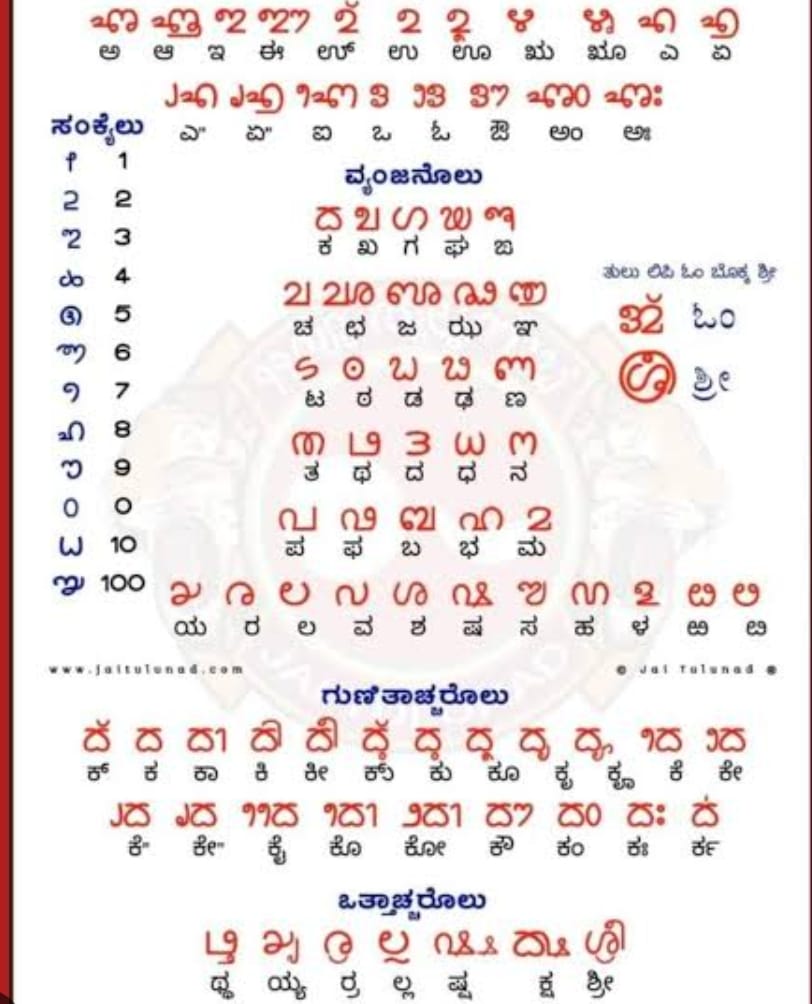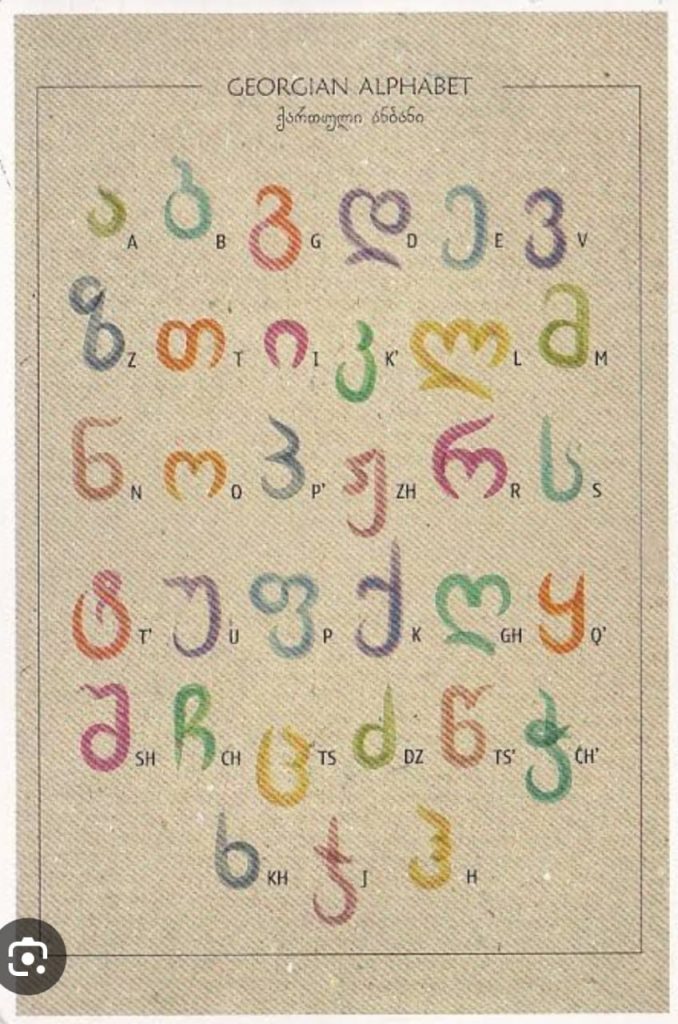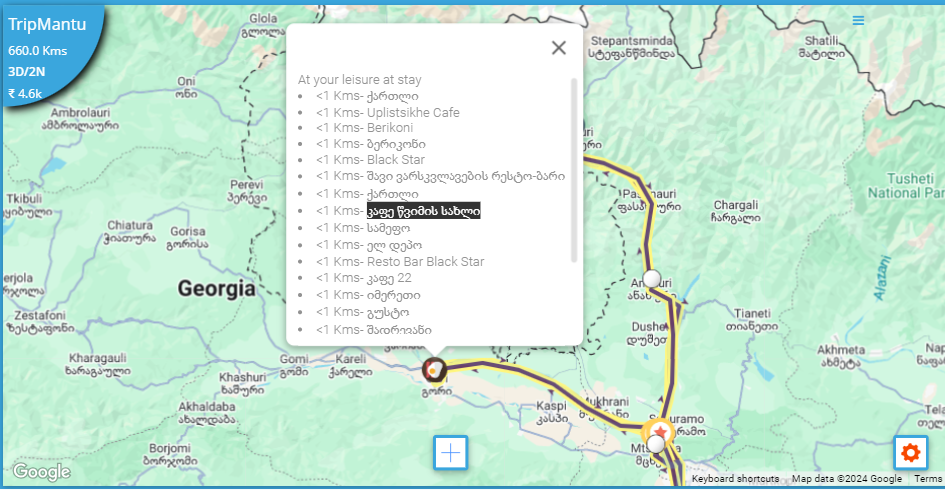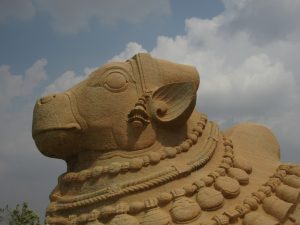Recently, while mapping out a route for the beautiful Georgian countryside, we noticed that some of the eateries’ names appeared in the native Georgian language, which strikingly resembled certain Indian scripts. This sparked our excitement and curiosity to explore the history behind the Georgian language script.
The Georgian language, known as “Kartuli” in its native tongue, is the official language of Georgia, a country located at the crossroads of Eastern Europe and Western Asia. It is one of the oldest languages still spoken today, with a rich and fascinating history that dates back over a thousand years. Georgian is part of the Kartvelian language family, which includes closely related languages like Mingrelian, Laz, and Svan, spoken by small ethnic groups in Georgia.
What makes Georgian stand out is not just its age, but its unique script, the Georgian alphabet, one of only 14 existing scripts in the world today. Developed in the 4th century, the alphabet is both an artistic and functional achievement, used to write many ancient texts.
The Origins of the Georgian Language
Georgian’s roots lie in the ancient Kartvelian languages, which are indigenous to the South Caucasus region. Unlike many European languages that trace their lineage to Indo-European roots, Georgian has a distinct origin. Its language family has no known relations to other linguistic families, making it a unique branch in the global linguistic tree.
The Georgian language has evolved through several stages: Old Georgian (5th to 11th century), Middle Georgian (11th to 17th century), and Modern Georgian (from the 18th century to the present day). Each of these stages has played a critical role in preserving Georgia’s rich literary and cultural heritage.

Telegu – Tamil – Kannada Script 
Georgian Scrip
Georgian and Dravadian: A Link to Ancient India?
Though Georgian is not an Indo-European language, scholars have explored potential connections between Georgian and ancient Dravadian Indian languages. This connection stems from the historical interaction between the Caucasus region and South Asia, especially during the spread of trade, cultural exchange, and even religious ideas along the Silk Road.
The Silk Road, which connected the Mediterranean and Asia, was one of the major conduits for interaction between the Caucasus and India. Through this network, merchants, scholars, and travelers from both regions came into contact, and this may have allowed for the sharing of cultural and linguistic traits.
Additionally, ancient maritime routes along the Arabian Sea and Persian Gulf could have provided a link between South India and the Caucasus region, particularly during the height of Persian and later Arab trade dominance. Both Telugu-speaking and Georgian-speaking regions interacted with Persian traders, and it’s possible that this facilitated indirect exchanges between the two.
Possible Linguistic Similarities
Though there are no known direct linguistic ties between Georgian and Telugu, both languages share some superficial similarities in structure and phonetics, largely due to their complexity and unique development. For example:
- Agglutinative Structure: Both Georgian and Telugu are agglutinative languages, meaning they form words and express grammatical relationships through the use of suffixes and affixes. This structure is common among many ancient languages and could point to shared linguistic strategies, though it does not imply common ancestry.
- Rich Case System: Georgian is known for its complex case system, with up to seven cases, while Telugu also has an elaborate case system, which is used to mark grammatical relationships in sentences. Though these systems are not directly related, they show that both languages evolved to express nuanced grammatical distinctions.
- Vowel Harmony and Phonetics: Both Georgian and Telugu feature rich vowel systems and certain consonantal sounds that might sound unusual to speakers of European languages. These phonetic features, while coincidental, create some similarities in how the languages sound to foreign ears.
One interesting historical link lies in the spread of Zoroastrianism, which once thrived in both Georgia and parts of India. Ancient Persian influences bridged these cultures, and Zoroastrian texts were sometimes written in Georgian. This intermingling might have led to shared cultural values, even if the languages themselves remained distinct.
Georgian Script: A Cultural Marvel
The Georgian script is a remarkable feature of the language. It has evolved through three main forms: Asomtavruli, Nuskhuri, and Mkhedruli, with the latter being the one in modern use. This script, with its rounded, flowing shapes, has no direct equivalent in Indian languages but shares the cultural importance of written expression seen in languages like Sanskrit.
Georgia’s Christian heritage also contributed to the development of the script, with monks and scholars producing religious manuscripts in Georgian as early as the 4th century. These early writings, like in ancient India, played a key role in preserving the language and culture over millennia.
Georgian Language Today
Today, Georgian is spoken by around 4 million people worldwide, mostly in Georgia but also in communities in Russia, Turkey, and Iran. The language continues to thrive, thanks to the country’s dedication to preserving its cultural identity and promoting Georgian literature and arts.
Despite its distinct origins, Georgian reflects a broader global history of interaction and exchange. While it may not share direct linguistic roots with Indian languages like Sanskrit, the historical and cultural interactions between these regions have left an enduring impact, showcasing how ancient cultures, though geographically distant, have influenced one another.
Conclusion: Cultural Ties, but No Direct Linguistic Link with Dravadian languages
While there is no definitive evidence that Georgian and Telegu/Kannada, or the Dravidian languages in general, share a direct linguistic ancestry, historical interactions between the Caucasus region and South India suggest the possibility of cultural exchange. Both regions have been part of ancient trade routes and interacted with Persian and Arab traders, creating opportunities for indirect influence.
Georgian and the south Indian languages may not be closely related in a linguistic sense, but the complexity, richness, and uniqueness of both languages make them interesting subjects of study in the broader context of ancient civilizations and their interconnectedness. Understanding these connections offers insight into how different cultures, even from geographically distant regions, can influence each other through centuries of trade and shared ideas.






